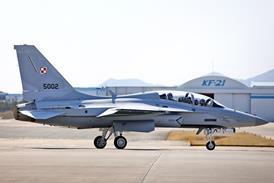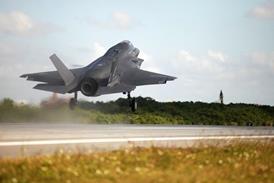Airbus's inability to explain cracking in an undercarriage support beam of an A330 that could lead to a gear collapse has resulted an emergency airworthiness directive (EAD) requiring repetitive inspections on all A330/A340s indefinitely.
The crack was discovered last year in the main landing gear rib 6 forged support beam during routine lubrication of an A330 operated by an unidentified carrier for long-range flights. Rib 6 is a main structural member that carries all landing-gear loads and such a crack could lead to undercarriage collapse, says John Grother, vice-president customer services A330/A340.
Based on experience with a rib-cracking problem on the A320 family Airbus had initially tacked the A330 discovery with a fleet-inspection programme, while the European Aviation Safety Agency issued an EAD in December to mandate compliance with relevant service bulletins on all A330/A340s at least five years old (except those previously fitted, or originally manufactured, with high-interference bushes). This called for inspections of certain aircraft at prescribed flight-cycle and age thresholds.
However, subsequent metallurgical examination and analysis of the damaged rib revealed a different crack propagation to that on the A320. After several months' consideration, the manufacturer remains mystified because it has found no solid evidence of why the cracking occurred.
A new EAD supersedes the December alert that mandates compliance with new Airbus service bulletins and also introduces flight-hour thresholds. It has extended inspections to cover all aircraft indefinitely and makes clear that even complete replacement of rib 6 does not remove the necessity for continuing repetitive inspections.
If the event remains a one-off, Grother thinks checks will continue for at least two years, during which period most aircraft are expected to require inspection up to 12 times at typical flight-cycle rates.
The new flight-hour threshold has been introduced not because normal operational loads would contribute to crack propagation, but to recognise different aircraft operations. It also reduces as permitted maximum landing weight increases.
Source: Flight International























